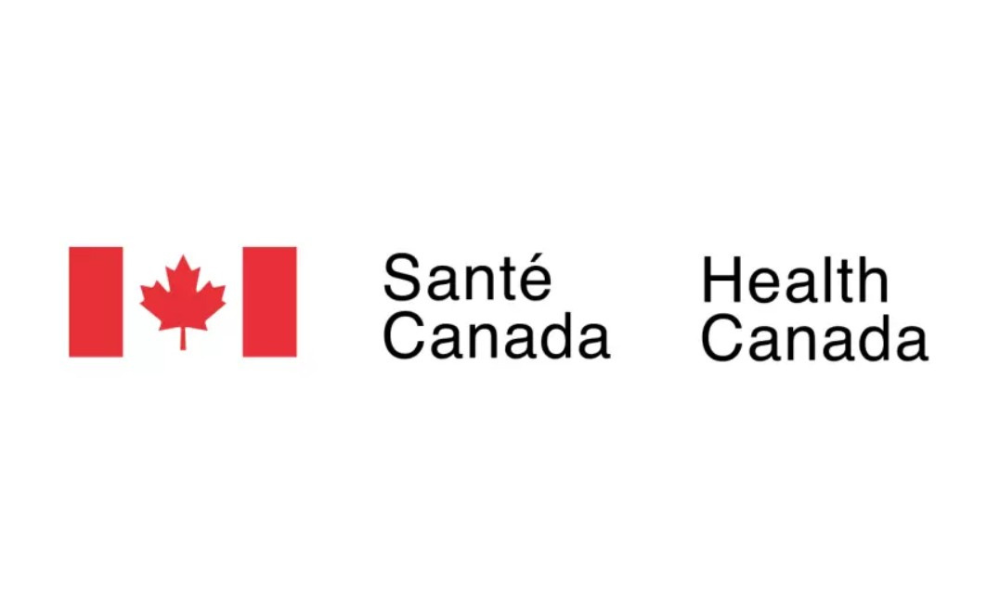Inside the legal fight between SASM and the Saskatchewan WCB

Desira Rostad, the CEO of the Safety Association of Saskatchewan Manufacturers (SASM), believes she is fighting for the very survival of her organization. At the heart of this battle is a contentious dispute with the Saskatchewan Workers’ Compensation Board (WCB) and its CEO, Phil Germain, over allegations of conflict of interest, mismanagement, and transparency in the handling of safety association funds.
The trouble began in 2021, when WCB introduced a new funding agreement with stricter audit requirements for Saskatchewan’s safety associations. While the WCB insists the changes were necessary to ensure funds were used correctly, SASM viewed the new terms as an overreach. "The new agreement would have forced us to divulge confidential information about our members," Rostad argues. "It would have given WCB too much control over our operations."
Division over allegations and audits
The dispute took a formal turn in 2023 when the WCB filed a lawsuit against SASM, alleging multiple breaches of their funding agreement including failure to comply with audit requirements, mismanagement of funds, and unjustly enriching itself at the expense of the levies collected from members.
"The WCB has a legal responsibility to ensure the funds collected and distributed to safety associations, including SASM, are used for their intended purposes," says Lisa Goudy, WCB’s communications and marketing manager, in a statement provided to Canadian Occupational Safety.
Rostad and SASM have vehemently denied all allegations made by WCB. "We have complied with every audit requirement they put forward," Rostad argues, pointing out that SASM underwent multiple audits by reputable firms like KPMG, the Virtus Group, and Deloitte, as well as a provincial audit in 2023. "None of these audits found any mismanagement on our part," she insists.
SASM’s legal team counterclaimed against WCB, alleging bad faith, conspiracy, and conflict of interest. "The actions of WCB, particularly under the leadership of Phil Germain, show a clear pattern of interference and obstruction," Rostad states. SASM’s filings point to Germain’s financial interest in Proactive Consulting Services Limited, a safety consulting firm. "This is a blatant conflict of interest," Rostad asserts. "It raises serious questions about whether WCB's actions against us were motivated by a desire to benefit his private business."
None of the allegations have been proven in court, and in a statement to Canadian Occupational Safety, the Saskatchewan WCB says it will not comment on the specific conflict of interest allegation against Germain because the matter is currently before the courts.
Reputations on the line
Rostad and her colleagues still with SASM have found allies within Saskatchewan’s Buffalo Party. Michelle Krieger is one of their candidates, and supports Rostad's claims, arguing that Germain’s alleged dual roles undermine the integrity of WCB's decisions. "How can there be fair oversight when Germain stands to gain personally?" questions Krieger.
Rostad has shared several documents, including affidavits, court filings, and meeting minutes with Canadian Occupational Safety. Many of these same documents have been made publicly available on a Buffalo Party website.
As the dispute escalated, trust between SASM and its members began to break down. Murray Yeager works for a company that was a SASM member. He recalls the frustration among manufacturers, who believed SASM didn’t comply with the audits. "It looked like some of the board members had their hands in the cookie jar,” explains Yeager, “that's why they were so resistant to the audits."
The disagreement led to an ultimatum from the WCB to SASM members; form a new safety association, join an existing one, or stay with SASM and lose access to WCB funding. “When they (SASM) suggested we bypass WCB and pay them directly, it was too much for many of us,” says Yeager. This triggered a mass exodus from SASM, with many members joining the Motor Safety Association (MSA).
Ryan Bast, executive director of MSA, one of the winners of Readers’ Choice Awards for Best Safety Suppliers, highlights the importance of transparency. “All safety associations, except SASM, complied with the audits, which are crucial for accountability,” Bast explains.
While Rostad disputes the characterizations made by Bast and Yeager, their comments clearly convey the reputational damage to SASM caused by the dispute with the WCB.
The WCB maintains it has acted within its rights to ensure transparency and proper use of funds. "We are disappointed mediation proved unsuccessful with the one remaining safety association," Goudy notes, emphasizing that agreements have been signed with all other associations.
However, the allegations against Germain complicate the picture. SASM and its supporters argue that an independent investigation into Germain's interests is necessary. "The potential for conflict is too great to ignore," Rostad argues. "This is not just about a single safety association; it's about the integrity of our safety system as a whole."
Battle for the future of safety governance
The stakes in this legal battle are high, not just for SASM but for the entire occupational safety landscape in Saskatchewan. Both sides remain firmly entrenched in their positions, and the court's eventual decision could set a significant precedent for how safety associations are governed and funded in the future.
"This is far from over," Rostad states. "We will continue to fight for what is right and fair, for our members and for all workers in Saskatchewan".
The court's ruling will likely have far-reaching implications, not just for SASM and WCB, but for all stakeholders involved in workplace safety across the province. As both parties prepare for the next round in court, the outcome remains uncertain, but the impact is certain to be profound.





